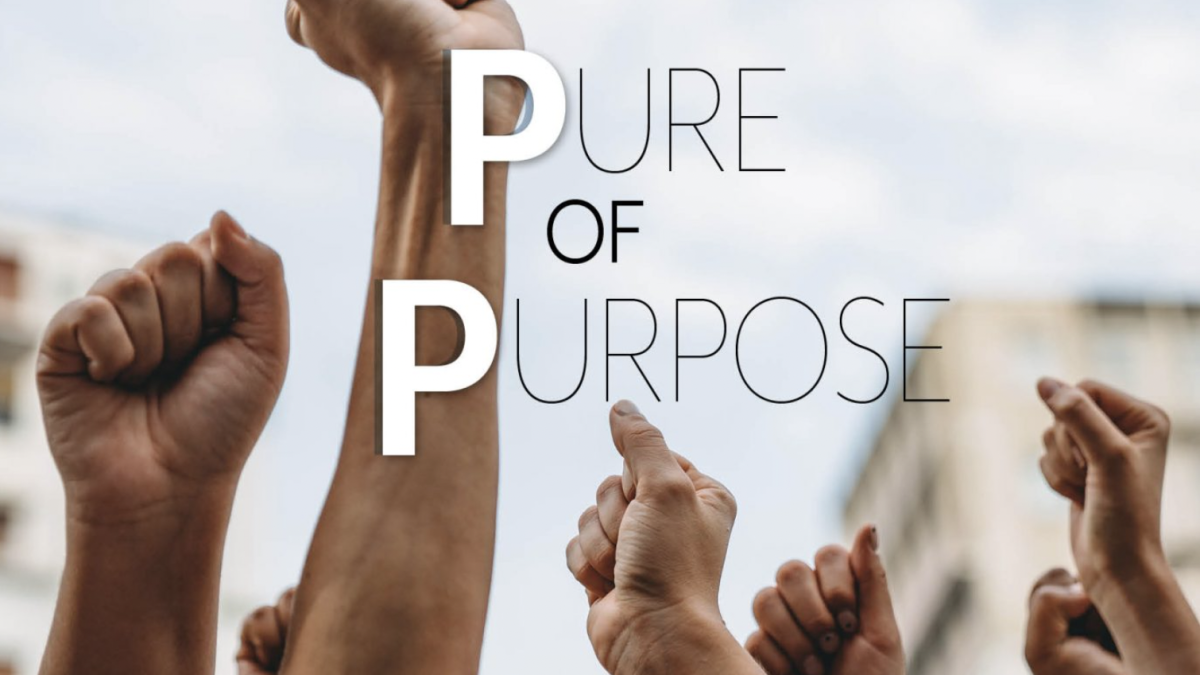CEO Magazine: Pure of Purpose

Purpose-driven marketing purportedly inspires a brand’s consumers and employees, but it also leaves companies at risk of being accused of social washing. Here’s how to be part of the cultural conversation and remain authentic.
Once a brand’s purpose couldn’t be more explicit: create and provide excellent products and services. Now, with the rush for consumer-facing brands ready to embrace purpose-led marketing comes the expectation that brands must join the cultural discourse by taking a stand on high-profile social issues such as diversity, Indigenous equality, mental health, refugee rights, poverty and homelessness, inequality, human rights and climate change.
“Big brands don’t just have a voice in the marketplace, but also in society,” Nitika Garg says, an Associate Professor in the School of Marketing at UNSW Business School who co-authored a study of consumer responses to brand activism.
“Brands share not only consumers’ wallets but also their attention, heart and emotions. With that comes an expectation. Now with social media, consumers are interacting with brands in a way they haven’t done in the past.”
A RESOUNDING CALL
Research by media company Nine and market research firm FiftyFive5 found nearly 80 percent of Australians believe brands should use their power to make an impact for real-world change on social and workplace inequality.
While the 2022 Edelman Trust Barometer found young people aged between 14 and 17 are at the forefront of belief-driven buying and brand advocacy, with 84 percent buying and advocating based on their values eclipsing the rest of their generation, which tallies at 73 percent across the whole of Gen Z aged between 14–26.
Behavioral science expert Dan Monheit of creative agency Hardhat says it’s also the brand’s employees driving the trend. “It’s a self-reinforcing behavior. Employees are increasingly choosing to work with valued-aligned businesses, and value-aligned employees are accelerating and accentuating the business purpose.”
Yet corporations issuing statements about socially or politically divisive issues can upset some customers or stakeholders while appeasing others. Beyond that, brand activism comes with the genuine threat of social washing, which describes when a company’s social responsibility and commitments don’t match its real-life practice.
“Purpose as a marketing and advertising strategy becomes social washing,” Garg warns. “It just takes one social media post to start the conversation whether the brand is faking it or doing it sincerely.”
You may recognize social washing as a close cousin of the better-known greenwashing, whereby companies overstate their green credentials. In March this year, the Australian Securities and Investment Commission and the Australian Competition and Consumer Commission indicated they would be taking action against all forms of greenwashing. While social washing, also known as woke washing, is yet to be put to the same governmental scrutiny, but the dreaded public backlash is an all-too-present threat.
To read more, visit www.theceomagazine.com
